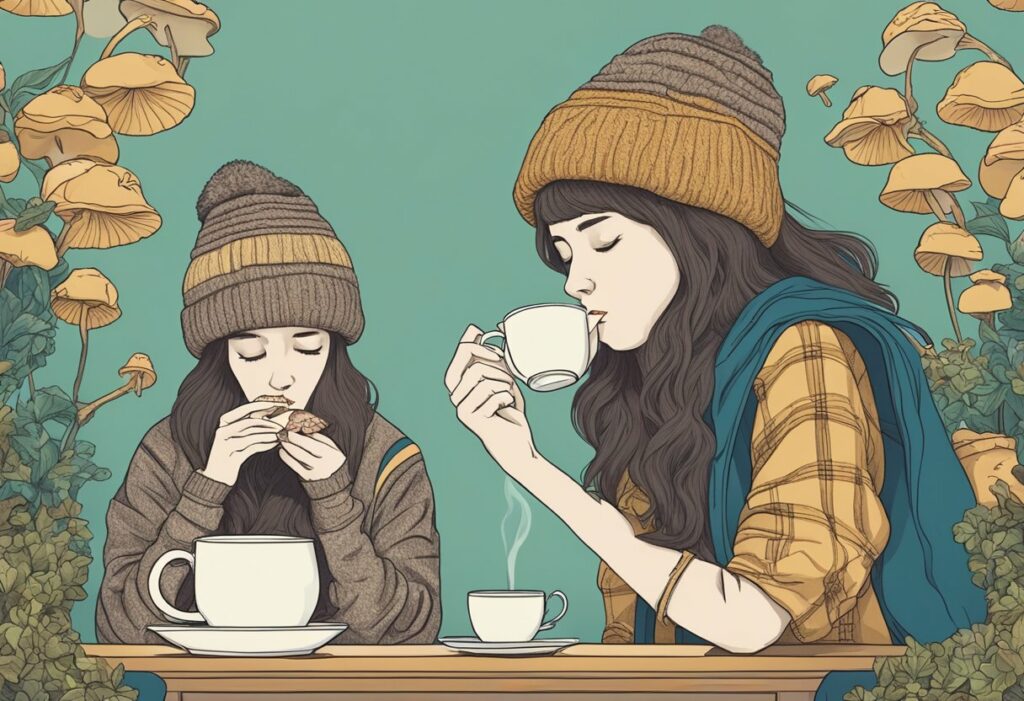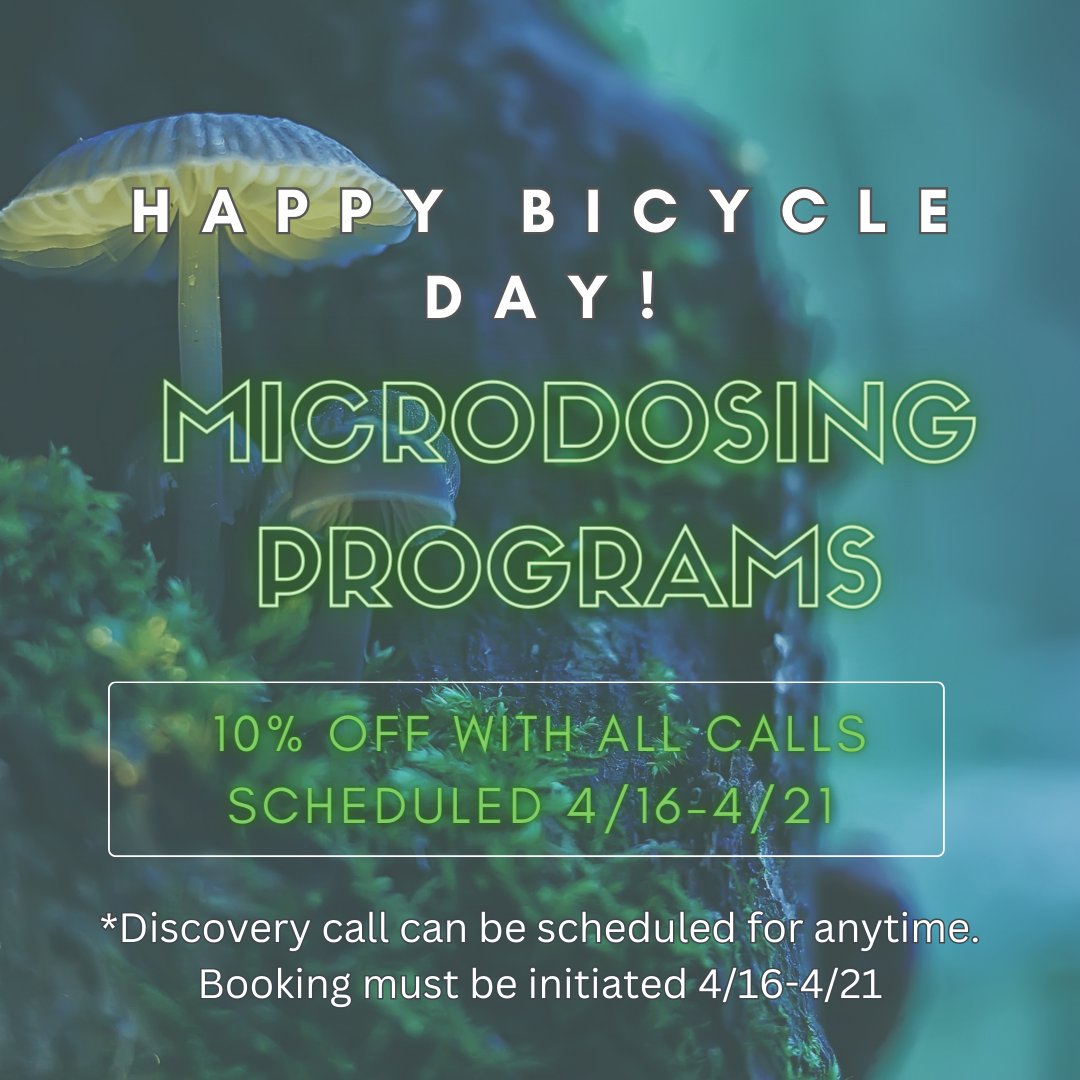Psilocybin mushrooms, commonly known as magic mushrooms or shrooms, have been used both recreationally and spiritually for their psychedelic effects. There are several ways to consume these fungi, with two popular methods being steeping them in hot water to create a tea, or simply eating them whole. Each method presents distinct experiences and considerations, which may influence an individual’s choice for consumption.
Shroom tea provides an alternative for those who may find the taste of raw mushrooms unpalatable. It also typically induces effects more rapidly compared to eating the mushrooms. On the other hand, ingesting mushrooms whole offers a more controlled dosage, ensuring that the consumer is getting the full potency of the fungi. Both methods have their pros and cons, ultimately leaving the decision to personal preferences, health concerns, and cultural contexts.
Key Takeaways
- Shroom tea and eating mushrooms offer different experiences and levels of control over dosage.
- Taste and texture preferences play a significant role in the choice between shroom tea and eating the fungi.
- Health considerations and cultural context are essential factors in determining the optimal method of consumption.
Overview of Shroom Consumption Methods
Traditional Eating of Shrooms
Consuming psilocybin mushrooms, commonly known as shrooms, has been practiced for centuries in various cultures for spiritual and recreational purposes. Traditionally, shrooms were simply eaten in their raw or dried form to experience their psychoactive effects. Eating shrooms can lead to a gradual onset of hallucinogenic effects, usually lasting between 4 to 6 hours. However, when eaten, some people may experience an unpleasant taste or feel nauseous due to the mushroom’s fibrous composition.
Shroom Tea Preparation
An alternative way to consume shrooms is by preparing a shroom tea. Although this method has been less prevalent historically, it has grown in popularity for a few reasons. To make shroom tea:
- Finely chop or crush the desired amount of psilocybin mushrooms.
- Boil water in a pot or kettle.
- Add the crushed mushrooms to the boiling water and let them simmer for 10-15 minutes.
- Strain the mixture through a fine filter or cheesecloth to remove the solid mushroom pieces.
- Optional: Add honey, lemon, or other flavorings to mask the taste of the mushrooms.
Shroom tea offers some advantages over eating the mushrooms directly. Brewing the mushrooms into a tea allows users to experience the effects of psilocybin more quickly, as the active compound is absorbed more rapidly by the body. In addition, shroom tea can be easier on the stomach, reducing the likelihood of nausea for those who are sensitive to the mushrooms’ fibrous content. The taste of the tea can also be more palatable than eating shrooms, especially when flavored with honey or lemon.
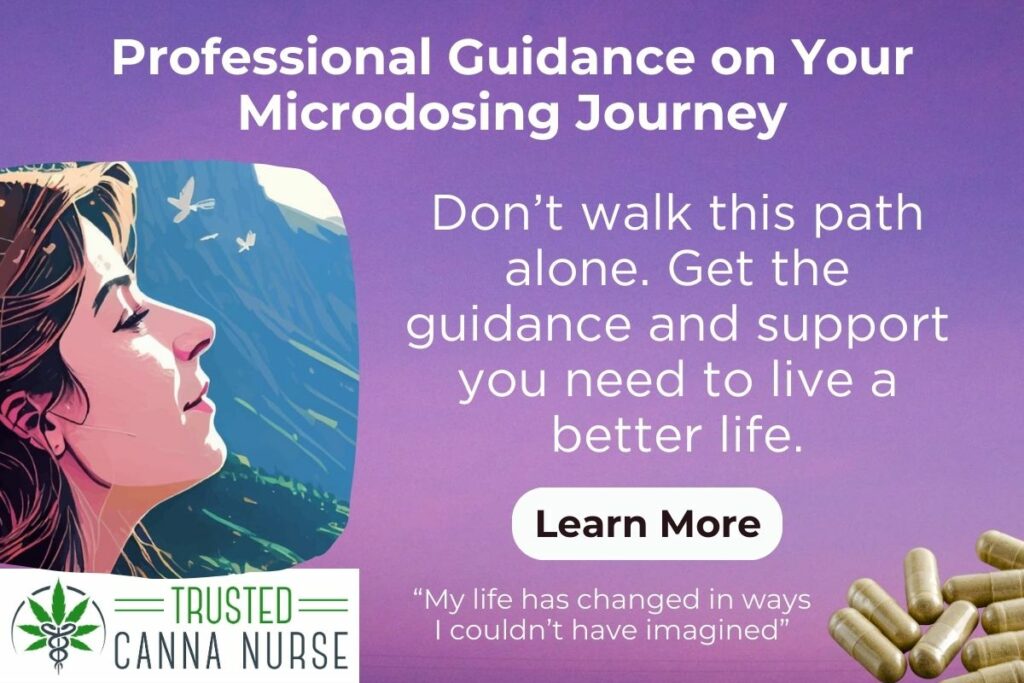
Comparison of Effects
Onset and Duration
When comparing the consumption of shrooms through tea and eating, there are differences in the onset and duration of their effects. Drinking shroom tea typically leads to a quicker onset of effects, within 20 to 40 minutes after consumption, while eating shrooms can take anywhere from 30 minutes to 2 hours for effects to manifest. The duration of a shroom tea trip generally lasts around 3 to 6 hours, which can be shorter compared to eating shrooms, which may last 4 to 8 hours.
Intensity and Potency
Both methods of consumption can vary in intensity and potency due to factors such as the type of mushroom, dosage, and individual tolerance levels. However, some users report that shroom tea can produce a more even, steady rise in intensity, which can make the experience feel smoother. On the other hand, when eating shrooms, the intensity might peak earlier and then taper off gradually. It’s also worth noting that preparing shroom tea can potentially extract a higher percentage of the active compounds, such as psilocybin, resulting in increased bioavailability.
Physical and Psychological Impact
The physical side effects of shrooms can include nausea, vomiting, and digestion issues. Drinking shroom tea is thought to reduce nausea as the tea removes some of the indigestible mushroom fibers, making it easier on the stomach. Conversely, eating shrooms can cause more digestive discomfort due to the presence of these fibers. Regarding psychological impact, both methods can induce similar mindsets and experiences, such as altered perception and introspective thoughts, although personal preference may play a role in which method is chosen.
In summary, the comparison of effects between shroom tea and eating shrooms shows differences in onset, duration, intensity, and physical impact. While the choice ultimately depends on an individual’s preference, understanding the nuances of each method can help in making an informed decision.
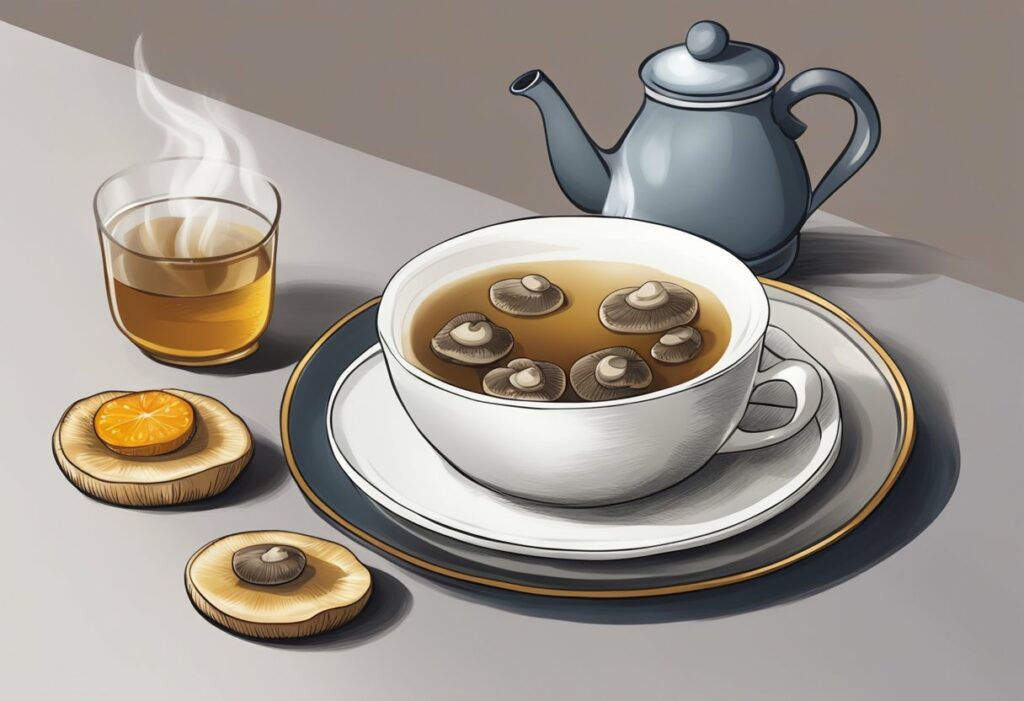
Taste and Texture Considerations
Raw vs. Brewed Flavor Profiles
When comparing the taste and texture of magic mushrooms in their raw form versus brewed in tea, there are some noticeable differences. Raw magic mushrooms have a distinct earthy and slightly bitter taste, often accompanied by a chewy or even crunchy texture when dried. Some individuals may find the taste and texture of raw mushrooms to be unpalatable or challenging to consume.
On the other hand, a shrooms tea offers a smoother and mellower flavor profile that can be more easily ingested. This is because brewing magic mushrooms in tea can help to mask their natural bitterness with the flavors of the tea itself, reducing the intensity of the earthy taste. The texture is also significantly different since the mushrooms are strained out after brewing, offering a liquid that is easier to drink than consuming raw or dried mushrooms.
Enhancing the Taste
The taste of shrooms tea can be further enhanced and tailored to individual preferences using additional ingredients and spices. Commonly used additives include:
- Lemon: Adding lemon juice not only helps to neutralize the tea’s bitterness but can also aid in the extraction of the psychoactive compounds in the mushrooms, giving a more potent and enjoyable experience.
- Ginger: Ginger complements the earthy taste of the tea while also settling the stomach, reducing the potential for nausea.
- Honey: A natural sweetener, honey can significantly improve the taste of shrooms tea, making it more palatable and enjoyable.
When preparing your shrooms tea, consider using fresh magic mushrooms rather than dried, as this can result in a more vibrant and flavorful tea. However, keep in mind that fresh mushrooms have a shorter shelf life and may not be as readily available as their dried counterparts.
Overall, the taste and texture of magic mushrooms can be significantly improved through the process of brewing them into tea, especially when incorporating additional ingredients such as lemon, ginger, and honey. By experimenting with different flavor profiles, users can create a more enjoyable and personalized consumption experience.
Preparation Techniques
Brewing Methods
There are several ways to prepare shroom tea, with a popular method being the use of tea bags. To create shroom tea, follow this simple shroom tea recipe:
- Grind the dried mushrooms using a grinder to create a fine powder.
- Boil water in a pot or kettle.
- Place the powdered mushrooms in a tea bag or tea infuser.
- Combine the mushrooms and hot water in a cup or teapot, allowing it to steep for 10-15 minutes.
- Add a squeeze of lemon juice to increase the potency through a process called lemon tek.
- Strain out the solids if preferred, and enjoy your shroom tea.
An alternative method is to use a concentrated psilocybin extract instead of dried mushrooms. Simply add the extract to the boiling water and follow the same steps as listed above.
Dosage and Dosing Safety
Determining the correct dosage for shroom tea is essential for a safe and enjoyable experience. When brewing shroom tea, consider the following factors:
- Potency: The strength of your tea will depend on the amount of dried mushrooms or psilocybin extract used.
- Tolerance: Individual tolerance levels vary, so start with a lower dose if you are new to the experience.
- Set and setting: Ensure you are in a comfortable and safe environment before consuming shroom tea.
A suggested starting dose for dried mushrooms in shroom tea is 1-2 grams, while the appropriate amount of psilocybin extract will depend on the concentration. Carefully measure your ingredients and adjust the dosage as needed for safety and desired effects. Always remember to consume shroom tea responsibly and never mix it with other substances.
Additional Ingredients and Variations
Common Add-Ins for Shroom Tea
When preparing shroom tea, incorporating additional ingredients can enhance the flavor and potentially provide extra potential benefits. Common add-ins include chamomile, which is known for its calming effects, and hibiscus for a fruity and slightly tart taste. Green tea is a popular choice for an energy boost and added antioxidants, while lemon juice and lemon peel can be utilized to improve the tea’s taste and absorbability. Some people also enjoy adding various spices to their shroom tea for a more personalized experience.
Here is a list of popular add-ins:
- Chamomile
- Hibiscus
- Green tea
- Lemon juice
- Lemon peel
- Spices (cinnamon, ginger, etc.)
Shroom Tea Blends
Different blends of shroom tea can be created by combining various ingredients, some of which might offer additional potential health benefits. For example, a blend containing chitin could provide structural support to the cells, while the inclusion of cordyceps may aid in enhancing energy levels and improving respiratory functions. Another unique ingredient is yarsa gumba, which is believed to boost the immune system and provide other potential benefits.
Other herbal teas can also be used as a base for shroom tea blends, depending on one’s personal preference and the desired effects. Pairing shroom tea with caffeine-free options like herbal tea can also be beneficial for those who want to avoid added stimulants.
An example table of possible shroom tea blends:
| Base Tea | Add-in | Potential Benefit |
|---|---|---|
| Green tea | Cordyceps | Energy boost, respiratory improvement |
| Chamomile tea | Chitin | Structural support to cells |
| Hibiscus tea | Yarsa gumba | Immune system boost |
| Herbal tea | Lemon juice | Enhanced taste, improved absorbability |
In summary, experimenting with additional ingredients and variations in shroom tea preparation can help refine the taste and possibly enhance the potential benefits of the tea.
Health Considerations
Digestive Impact and Nausea Reduction
Mushrooms have been consumed in various forms for their potential therapeutic properties, including gut microbiota modulation. When it comes to digestion, the mode of consumption can play a role in determining the impact on the digestive system. Consuming mushroom tea can potentially reduce the risk of an upset stomach by breaking down the fibrous material found in whole mushrooms2. This can help those with sensitive digestion and enhance the absorption of bioactive compounds.
Drinking mushroom tea may also help reduce nausea. The process of boiling mushrooms to make tea can break down some compounds that may trigger nausea. Additionally, hydration can play a role in controlling discomfort and nausea, so consuming mushroom tea can assist in managing these symptoms.
Contraindications and Medical Interactions
While mushrooms have various potential health benefits, it is essential to be aware of potential contraindications and medical interactions. Some individuals might have allergies to specific mushroom species, making it necessary to exercise caution when trying new mushroom tea or food products.
Mushrooms can potentially interact with medications, particularly those prescribed to manage blood pressure. In some cases, combining mushrooms with blood pressure medication may amplify the drugs’ effects. Therefore, it is essential to consult a healthcare professional before consuming mushrooms or mushroom tea if you are taking any related medications.
In summary, consuming mushroom tea as opposed to eating whole mushrooms can offer some potential digestive benefits and reduce the risk of nausea. However, one should be aware of potential contraindications and medical interactions, particularly when dealing with allergies and blood pressure medications.
Cultural and Personal Context
Ritualistic and Traditional Use
The use of magic mushrooms, or Psilocybe species, has a long history in various cultures for religious and spiritual purposes. They have been used by indigenous peoples in Mesoamerica, such as the Mazatec and Mixtec, for ceremonial and healing practices1. Consuming shrooms in the form of tea or by eating them directly can be influenced by these traditional methods.
In some rituals, shrooms are ingested as a tea to facilitate a spiritual journey or to connect with ancestral spirits2. The process of making tea involves boiling the mushrooms in water, which is thought to enhance the effects of the psychoactive compound psilocybin. Drinking the tea allows for a faster onset of the psychedelic experience and a shorter overall duration3.
On the other hand, eating magic mushrooms in their raw, dried form is another commonly practiced consumption method in various traditions. This method is known to produce a longer-lasting and arguably more potent experience4. However, eating magic mushrooms can cause nausea and other gastrointestinal issues for some individuals5.
Individual Preferences and Experiences
Personal preference and intention play a crucial role in the decision to consume shrooms as tea or by eating them. Each method offers unique potential benefits and challenges that may appeal to different individuals based on their goals and expectations.
- Tea: Some users prefer consuming shrooms in tea form due to the quicker onset of effects and the ability to adjust the intensity by controlling the dosage6. Additionally, drinking tea can mitigate the risk of experiencing unpleasant gastrointestinal side effects.
- Eating: Others may choose to eat the mushrooms, as this method often leads to a more intense and longer-lasting trip. For those engaging in spiritual or therapeutic practices, the extended experience could be an essential factor.
In both cases, the presence of a trip sitter—an experienced and trusted individual who can provide support during the psychedelic journey—is critical to ensuring a safe and meaningful experience7. The trip sitter can help participants navigate the emotional landscape of a shroom-induced trip and assist with any practical needs that may arise.
Ultimately, the method of consumption—tea vs. eating—will depend on an individual’s cultural background, personal preferences, and their desired outcomes for the experience.
Alternative Methods and Innovations
Microdosing Trends
In recent years, the practice of microdosing has gained popularity as an alternative way to consume psychedelic substances such as psilocybin mushrooms. Microdosing involves taking very small, sub-perceptual doses of a substance, typically around 1/10 of a normal dose. This method allows users to experience subtle changes in mood and cognition without strong hallucinogenic effects.
Different preferences exist among microdosers, with some opting for shrooms tea and others choosing to consume the mushrooms directly. The debate between these two methods centers around factors such as bioavailability, taste, and convenience. However, both options provide the potential benefits of microdosing and can have positive effects on mood, creativity, and productivity, when used responsibly.
Experimental Shroom Infusions
Aside from microdosing, some individuals have started experimenting with shrooms in the form of tinctures. Tinctures are liquid extracts made by soaking plant materials (in this case, mushrooms) in a solvent, typically alcohol, which results in a concentrated solution. By using tinctures, users can experience the effects of psilocybin in a more controlled and precise manner, customizing their doses to suit their needs. This innovative approach has sparked interest in the potential application of psilocybin in mental health treatments and overall wellness.
Advantages of shroom tinctures include:
- Precise dosing
- Longer shelf-life compared to mushrooms
- More convenient, discreet consumption
While shrooms tea and eating remain the most common ways of consuming psilocybin mushrooms, alternative methods such as microdosing and tinctures provide users with new and innovative ways to explore the potential benefits of psilocybin.
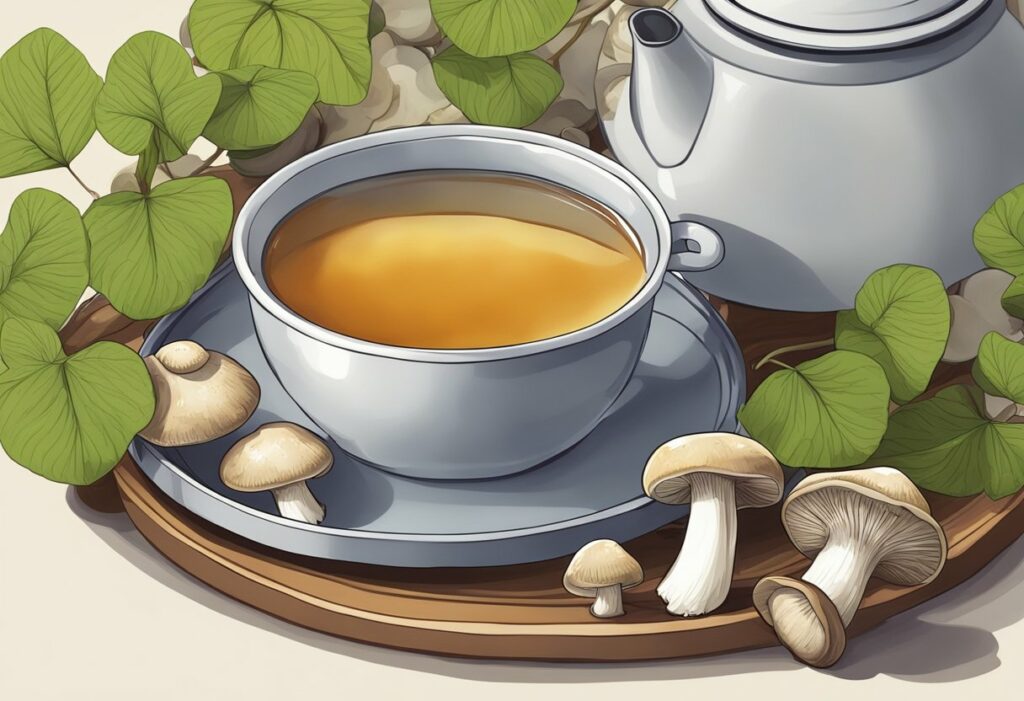
Risk Management and Safety
Avoiding a Bad Trip
When consuming shrooms, whether in tea or by eating them directly, it is essential to avoid a bad trip. A bad trip refers to a negative psychological experience that can be triggered by various factors, such as the individual’s mental state, dosage, and environment. In general, both shrooms tea and eating the mushrooms can produce arousal effects, but the intensity may vary depending on the method of consumption and individual sensitivity.
To minimize the risk of a bad trip, users should:
- Start with a low dosage: Begin with a small amount and gradually increase the dosage over time, as you become familiar with the effects.
- Choose a comfortable setting: Create a calming atmosphere with familiar surroundings and trusted individuals for support.
- Prepare mentally: Enter the experience with a positive mindset and an openness to explore the experience calmly.
Safe Practice Guidelines
It is crucial to follow safe practice guidelines when consuming shrooms to ensure the pleasant effects of shrooms consumption. Here are some safety measures to consider:
- Proper identification: Make sure that you are using the right species of mushrooms, as some can be toxic and lead to severe health problems.
- Dosing: Be mindful of the potency and recommended dosage for each method of consumption. This will differ for shrooms tea and eating mushrooms directly, so it’s essential to be informed and cautious.
- Allergies: Be aware of any allergies to mushrooms or any ingredients used in making tea. It’s best to test for allergic reactions before consuming larger quantities.
- Environment: Choose a safe and suitable environment with minimal distractions, ensuring a comfortable experience.
- Set and setting: Ensure that you are in a positive mental state, and the environment is calming and welcoming to reduce the risk of negative experiences.
Both shroom tea and eating mushrooms can provide users with a calming sensation and enjoyable experience. However, it is crucial to follow risk management and safety guidelines when consuming shrooms in any form. By adhering to these practices and maintaining a responsible approach, users can safely and effectively enjoy the potential benefits of shrooms consumption.
Frequently Asked Questions
What is the difference in onset time between drinking shroom tea and eating shrooms?
Drinking shroom tea usually results in a quicker onset of effects compared to eating the mushrooms. When consumed as tea, the active compounds in shrooms, such as psilocybin, are absorbed more rapidly by the body, leading to a faster onset, typically within 20 to 30 minutes. In contrast, when eating shrooms, the onset of effects usually takes between 30 minutes to an hour, depending on factors such as stomach content and individual metabolism.
How does the intensity of effects compare when taking shrooms as tea versus consuming them whole?
The intensity of the psychedelic experience can be similar between drinking shroom tea and eating the mushrooms, as it largely depends on the dosage and potency of the shrooms used. However, some users report that the effects from shroom tea seem to come on stronger and more rapidly due to the faster absorption, resulting in a potentially more intense peak experience.
Can the duration of the psychedelic experience vary between drinking shroom tea and eating the mushrooms?
The duration of the psychedelic experience can vary depending on the method of consumption. Shroom tea is often associated with a shorter overall duration compared to eating mushrooms. The experience from tea typically lasts between 4 to 6 hours, whereas consuming shrooms may result in a prolonged experience, ranging from 6 to 8 hours. This can be attributed to the faster absorption of psilocybin when consumed as tea, as well as individual differences in metabolism and other factors.
What are the differences in digestive comfort when choosing between shroom tea and eating shrooms?
Drinking shroom tea is generally considered to be gentler on the stomach and easier to digest compared to eating mushrooms. The process of making tea involves extracting the active compounds from the mushrooms and leaving behind indigestible fibers that can cause gastrointestinal discomfort. Consequently, drinking shroom tea might help to reduce the likelihood of experiencing nausea and other stomach-related side effects compared to eating the mushrooms.
Does the preparation process of shroom tea affect the potency compared to eating raw mushrooms?
The preparation process of shroom tea can have an impact on the potency of the resulting brew. When making shroom tea, it is important to avoid using boiling water, as extremely high temperatures can break down psilocybin, reducing the potency of the tea. Instead, steep the mushrooms in hot water, just below boiling, for a gentle extraction process that preserves the active compounds. Compared to eating raw mushrooms, the potency of shroom tea will depend on factors such as the type of mushrooms used, the amount, and the extraction process employed during tea preparation.
Are there any distinct potential health benefits or risks associated with consuming shroom tea as opposed to eating the mushrooms?
Overall, shroom tea is generally considered to be a more digestible option compared to eating mushrooms, which might contribute to a lower risk of experiencing nausea and other stomach issues.
However, the faster absorption of psilocybin when consumed as tea might result in a more rapid onset and potentially more intense effects, which could be challenging for some users, particularly those new to psychedelic experiences. Individuals need to be aware of their sensitivities and choose an appropriate dosage and method of consumption to ensure a safe and comfortable experience.
Sources
- Therapeutic properties of edible mushrooms and herbal teas in gut microbiota modulation
- Dietary supplements from medicinal mushrooms : diversity of types and variety of regulations
- The role of edible mushrooms in health : Evaluation of the evidence
- Mushroom nutrition as preventative healthcare in Sub-Saharan Africa
- https://mycotopia.net/forums/topic/22071-nausea-help/
- https://thirdwave.co/therapeutic-potential-psilocybin/
- https://tripsafe.org/psychedelic-trip-sitter-guide/
Last Updated on January 28, 2024 by Megan Mbengue, BSN, RN, CHPN

